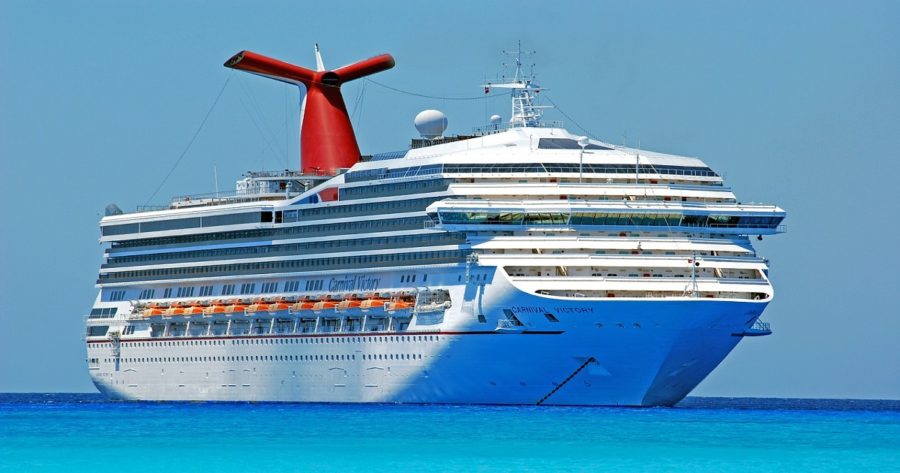The New Environmental Measures For Cruise Ships In Canada Are Working
- Grace Guindon
- Canada
- Environment
- Trending
- August 18, 2022

Canada is on its way to net-zero emissions
Transit Canada held a press release on August 18th in Ottawa to discuss the impact of the environmental measures established for cruise ships.
The Canadian government implemented these measures because of its commitment to giving citizens a healthy environment. Joyce Murray, the Minister of Fisheries, stated, “Protecting the oceans and other ecosystems is a top priority. These important measures, which exceed international standards, demonstrate how the Government of Canada is taking strong action to protect the oceans for the future. This charts a more sustainable course for the tourism industry.”
In April 2022, Transit Canada put extra guidelines for dealing with water waste on cruise ships. Water waste is broken down into two groups. The first greywater; greywater is anything that comes from sinks, laundry, baths, showers, and dishwashers. The second group is blackwater which comes from bathrooms and toilets.
The measurements established in April included:
- Prohibiting the release of greywater and blackwater within three miles of shore.
- Treating greywater with blackwater.
- Strengthening the treatment of blackwater.
- The requirement of reporting to Transit Canada about the new measures.
While there are already international measures in place, Transit Canada tightened their restriction in the hope of keeping the oceans clean.
The first set of results from the implemented measures shows that the cruise ship industry has been successful. In the last year, only 1 out of 47 cruise ships entering Canadian waters could not follow the measures for safety reasons.
The cruise ships’ success significantly reduces the environmental impact on aquatic ecosystems. These new measures lead the way to the Canadian government’s goal of keeping oceans clean and achieving net-zero emissions by 2050. The reports sent back to Transit Canada have also shown that the new rules will help to conserve 25% of Canada’s oceans by 2025.








